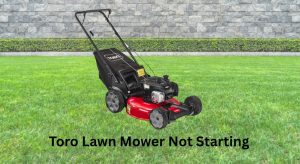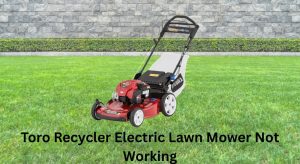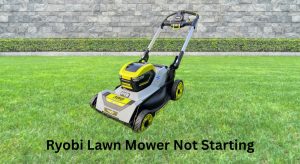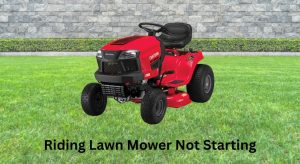Snow is piling up while you’re wrestling with a stubborn Toro snow blower that won’t turn on. That “how to turn on Toro snow blower” panic hits hard when icy sidewalks demand immediate attention. Whether you’re facing your first winter with a new machine or reviving last season’s stored unit, most starting failures stem from three preventable mistakes: stale fuel, incorrect choke settings, and overlooked safety switches. This guide delivers the exact starting sequence for every Toro model—single-stage electric starters to commercial two-stage blowers—plus instant fixes when it refuses to fire. You’ll learn the temperature-specific priming techniques mechanics won’t tell you and why 90% of starting failures vanish with fresh gas and a $5 spark plug.
Why Old Gas Makes Your Toro Snow Blower Refuse to Start
Stale fuel is public enemy number one for snow blower starting. Gas older than 30 days develops varnish-like deposits that choke your carburetor jets, turning your “how to turn on Toro snow blower” quest into a nightmare. Winter-grade gasoline purchased during cool fall weather flows better in freezing temps than summer blends. If you added fuel stabilizer on the day of purchase, you’re protected for 4-6 months—but skip this step, and you’ll face clogged fuel lines by December.
Two-stage model owners: Locate your fuel shut-off valve (usually near the tank base) and confirm it’s fully open. This simple step causes more starting failures than faulty spark plugs. Quick freshness test: Remove the fuel cap and sniff the vapors. Sour or paint-thinner odors mean immediate draining and refilling with fresh gas. Never attempt to turn on your Toro snow blower with questionable fuel—those extra pulls risk hydrolocking the engine.
3 Critical Checks Before Pulling the Starter Cord
Skipping these engine prep steps wastes 20 minutes of yanking on the recoil cord when you could have your Toro snow blower clearing snow.
Spark plug sabotage: A loose wire or carbon-fouled plug instantly kills ignition. Yank the spark plug wire firmly (don’t just tug—it must disconnect completely), then inspect the electrode. Replace plugs showing black soot or widened gaps—you’ll spend more on frustration than the $5 replacement cost. Reattach the wire with a confident snap until it seats fully.
Contaminated oil danger: On 4-cycle models, oil left from last season absorbs moisture and combustion byproducts, turning thick and sludgy. Check your dipstick—milky appearance means water contamination; dark sludge indicates overdue changes. Changing oil now prevents cold-start seizures. Pro tip: Do this in fall before snow hits—trying to change oil with frozen hands is miserable.
Belt and blade inspection: Before attempting to turn on your Toro snow blower, verify rotor blades haven’t worn down to the indicator hole (replace immediately if they have). Check drive belts for cracks or fraying—these often snap during first cold starts. Tighten any loose fasteners you spot on auger housings or handles.
Exact Starting Sequence for Instant Ignition
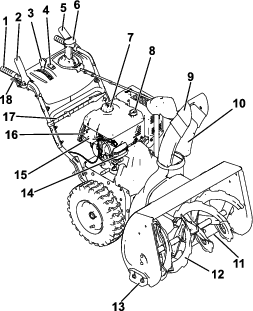
Prime the Engine Like a Pro (Temp-Specific)
Your primer bulb technique makes or breaks cold starts. Temperature dictates everything:
- Above 15°F: Press the primer bulb exactly twice with firm, full compressions
- Below 15°F: Press four times for richer fuel mixture
Critical mistake: Pressing through thick mittens. Remove bulky gloves for precise priming—uneven pressure floods the engine. Watch the bulb turn translucent as fuel fills it; if it stays soft, you’ve got a fuel line crack.
Choke and Throttle Settings That Actually Work
Most “how to turn on Toro snow blower” searches stem from incorrect air-fuel ratios. Here’s the fix:
- Set choke to FULLY CLOSED (lever to “Start” or “Choke” position)—this enriches the mixture for cold ignition
- Slide throttle to MAXIMUM “Fast” setting—not medium, not slow. Full throttle provides necessary combustion power
- Adjust for warmth: At 30°F+, open choke to 1/2 position; skip choke entirely for restarts within 5 minutes
Visual cue: Listen for engine sputtering when choke is too closed. If it stalls immediately after starting, you need more choke time.
Pull or Press to Start Without Damage
Recoil starter method: Stand with feet shoulder-width apart, grip handle firmly, and pull the cord in one smooth motion—never yank violently. Jerking strains the recoil spring. If resistance feels light, the cord may be disengaged; check your owner’s manual for re-engagement.
Electric starter protocol (for models with this feature):
1. Plug into a heavy-duty 14-gauge extension cord (thin cords cause voltage drop)
2. Hold starter button for 3-5 seconds max
3. UNPLUG IMMEDIATELY after engine fires—leaving it connected burns out the starter
4. Wait 10 full seconds between attempts; never exceed 10 tries
Warning: If the starter spins but won’t catch, stop immediately—this indicates serious ignition failure.
Warm-Up and Choke Transition
After ignition, let the engine idle for 30-60 seconds to circulate oil. Then gradually open the choke over 15 seconds while increasing throttle. Opening it too fast starves the cold engine, causing stalls. Once the snow blower runs steadily at medium throttle, you’ve successfully turned on your Toro snow blower and can begin clearing.
Flooded Engine Recovery in 90 Seconds
Gas fumes during starting attempts mean a flooded engine—common when over-priming. Do NOT keep pulling; this worsens flooding. Instead:
- Close the fuel shut-off valve (two-stage models only)
- Turn choke COMPLETELY OFF (fully open position)
- Pull recoil starter 3 times rapidly to clear excess fuel
- Wait 15 minutes for fuel evaporation
- Reopen fuel valve and restart with NO priming
Key insight: Many users restart too soon after flooding. The 15-minute wait allows fuel to dissipate from spark plug gaps. If flooding persists, replace the spark plug—it’s likely soaked beyond recovery.
Single-Stage vs. Two-Stage Starting Secrets
:max_bytes(150000):strip_icc()/Difference-between-Single-and-two-stage-gas-snow-blowers-2132978_color-7788007f3b2c4ef49e0d361ee6daa780.jpg)
Single-Stage Model Quirks
New single-stage units require basic assembly before first use—watch Toro’s online video tutorials to avoid stripped fasteners. These models lack fuel shut-off valves, so flooded engine recovery skips step 1. Their lighter engines start easier but demand more frequent oil changes (every 25 hours vs. 50 for two-stage).
Two-Stage Model Must-Knows
These heavy-duty machines have critical differences:
– Fuel valve is non-negotiable: Always confirm it’s open before starting
– Auger safety shutdown: Hitting hidden objects automatically kills the engine—reset the safety switch before restarting
– No shear pins: Commercial gear cases eliminate this common failure point
– Winter checklist: Use the two-stage specific pre-season inspection for drive systems
Pro tip: Two-stage models need longer warm-up (60-90 seconds) before engaging augers in sub-zero temps.
Safety Steps That Prevent Winter Disasters
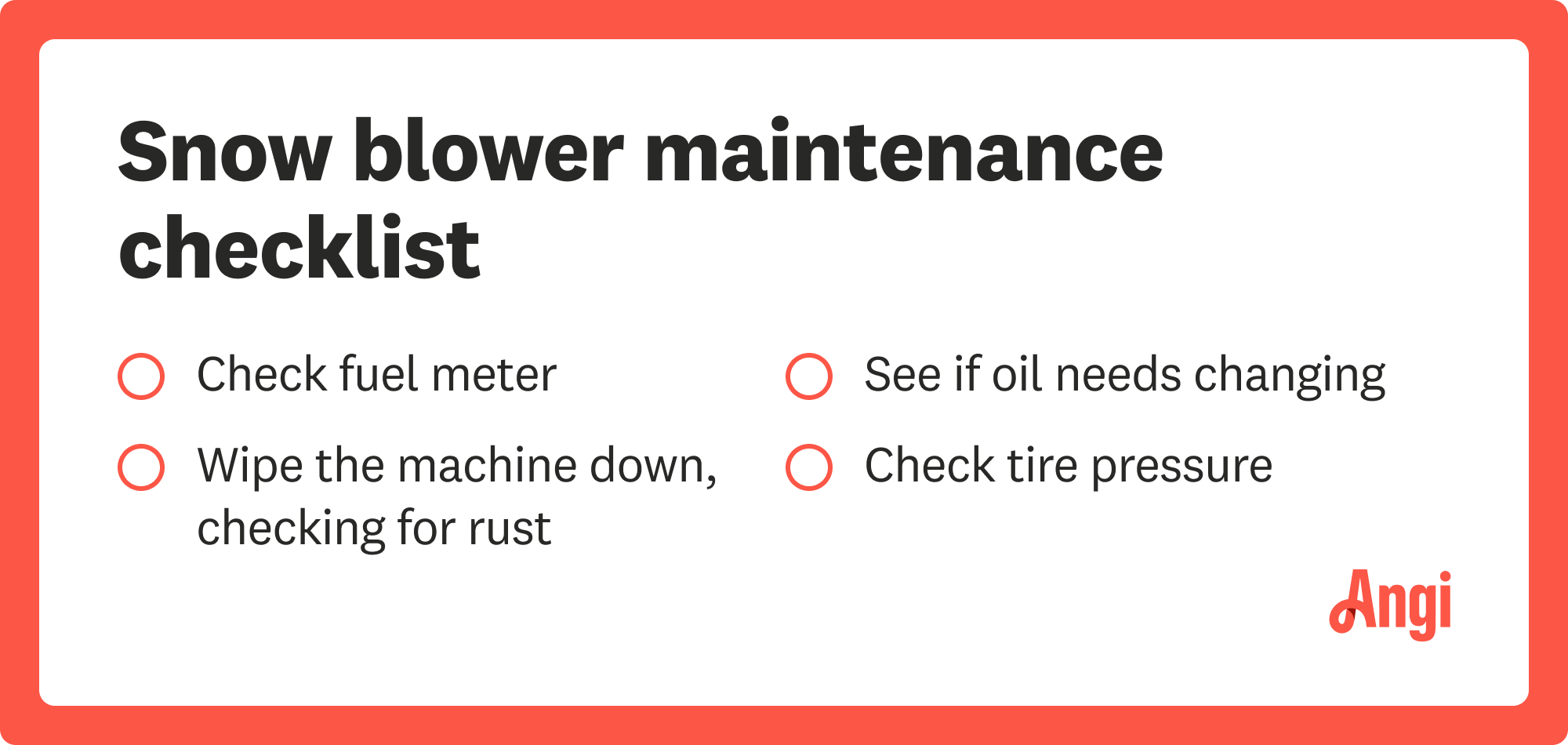
Before attempting to turn on your Toro snow blower, complete these non-negotiable checks:
– Clear the area: Children and pets must be 20+ feet away—snow blowers can launch ice chunks at 100+ mph
– Inspect discharge chute: Never clear clogs while running; always shut off engine and wait 2 minutes for moving parts to stop
– Verify safety switches: Ensure operator presence control (OPC) levers engage fully—most starting failures trace to disengaged OPCs
– Remove ignition key: For electric-start models, keep keys away from children
Critical reminder: If your Toro snow blower stalls repeatedly after starting, STOP. Forcing restarts risks serious auger injuries during clearing attempts.
Maintenance That Guarantees Next-Season Starts
Prevent “how to turn on Toro snow blower” emergencies with these post-storm habits:
– Run the engine dry after final use (prevents carburetor gumming)
– Store with fuel stabilizer in full tank (minimizes condensation)
– Replace spark plugs annually (cost: $5; time: 5 minutes)
– Change oil BEFORE winter—not after
Final truth: A properly maintained Toro starts within 2-3 pulls when temperatures stay above -10°F. If you’re consistently struggling, fresh fuel solves 75% of issues and a new spark plug handles 15% more. Keep this guide in your garage—you’ll turn on your Toro snow blower confidently when the next Nor’easter hits. When basic fixes fail, contact your authorized Toro dealer; they diagnose hard-starting issues in minutes with factory tools.


